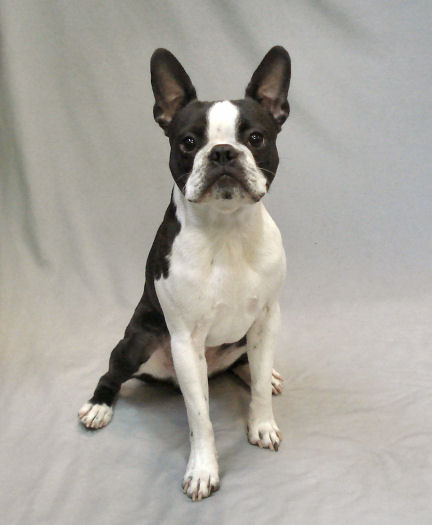There are three steps to each and every dog behavior:
Teach it.
Test it.
Use it.
Most people ignore step two and forge ahead to three, long before they should. Dogs are wonderful, smart beings. But they’re not magical and they don’t have telepathy. If there is a universal translator, they don’t come equipped with it. They don’t even have thumbs to Google. You have to actually teach them what you want them to know.
Start with Sit!

Almost every student entering our classes would swear, cross their heart and hope to die, that their dog absolutely knows “Sit!” And in almost every case, they’re wrong. The dog knows how to sit – every dog does. But they don’t know the command unless it’s given in context. That’s usually with the person standing in front of them (probably in their home kitchen), holding a treat above their head, and repeating “Sit!” Until the dog eventually gets bored and does it.
But when you try it in a different room. Or without the upraised cookie hand, or with a different person, or standing beside the dog, or outside, it’s a different story. When someone swears their dog knows Sit, we just take the leash, tell them to back up two steps, don’t move their arms, and tell their dogs to sit. The dogs rarely do.
Teach your doggos well
When you’re teaching your dog something new, you also have to teach them lots of different variables for it. Dogs learn in context, so you have to change that up. Once your dog knows “Sit!” In the kitchen, you move it to the dining room. And the living room. Outside is good. In the car. On a walk. When someone comes in the house. Just randomly saying “Sit!” Wherever you are, whatever you’re doing, will cement the notion for your dog.
Dogs can understand hundreds of words. But each one of those words can only have one meaning. Have you ever told your dog to “sit down”? Which did you mean? How about “Get Down!” if they’re jumping up on something or someone they shouldn’t? If the dog’s been taught “Down!” means lie down, it’s confusing.
Test of mettle
It’s up to you to decide on clear criteria for your dog. You decide for your dog what a word means. Then you teach your dog, through the timing and placement of rewards. If you say “Sit!” and you think your dog “knows” it, your next job is tough. Stand there and wait for them to do it. If they do, reward and release. It’s a successful test. Take it someplace else and try again.
But if they don’t, stay quiet and stare at their hind end. Don’t move your hands. Just wait. Don’t repeat. Be patient.
If some time goes by and your dog still isn’t getting it, they’re showing you they don’t know it. They’re not being stubborn, they truly don’t get it. Something was different, and the meaning got lost. You have more teaching to do.
Use it
When your dog reliably does what you ask, no matter where you are or who you’re with, you can move out of teaching phase and start using the behavior.
Just today a student asked when she and her dog could start Rally Obedience classes. Our answer for her, is when she’s bet a paycheck that her dog knows “Sit!”, “Down!”, “Stay!” and “Heel!” She’s done a great job teaching her dog. They’ll be starting with the next session of classes.
